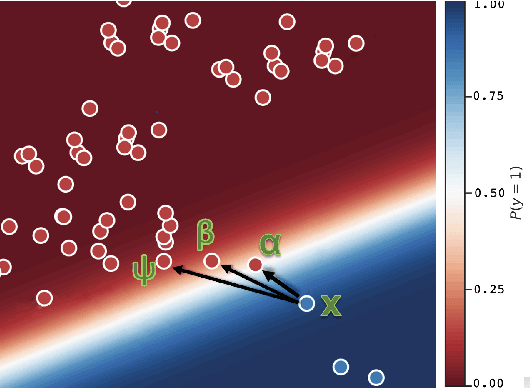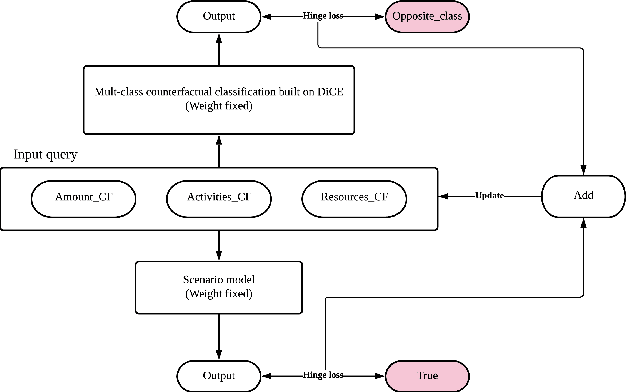Interpreting Process Predictions using a Milestone-Aware Counterfactual Approach
Paper and Code
Jul 19, 2021



Predictive process analytics often apply machine learning to predict the future states of a running business process. However, the internal mechanisms of many existing predictive algorithms are opaque and a human decision-maker is unable to understand \emph{why} a certain activity was predicted. Recently, counterfactuals have been proposed in the literature to derive human-understandable explanations from predictive models. Current counterfactual approaches consist of finding the minimum feature change that can make a certain prediction flip its outcome. Although many algorithms have been proposed, their application to the sequence and multi-dimensional data like event logs has not been explored in the literature. In this paper, we explore the use of a recent, popular model-agnostic counterfactual algorithm, DiCE, in the context of predictive process analytics. The analysis reveals that the algorithm is limited when being applied to derive explanations of process predictions, due to (1) process domain knowledge not being taken into account, (2) long traces that often tend to be less understandable, and (3) difficulties in optimising the counterfactual search with categorical variables. We design an extension of DiCE that can generate counterfactuals for process predictions, and propose an approach that supports deriving milestone-aware counterfactuals at different stages of a trace to promote interpretability. We apply our approach to BPIC2012 event log and the analysis results demonstrate the effectiveness of the proposed approach.
 Add to Chrome
Add to Chrome Add to Firefox
Add to Firefox Add to Edge
Add to Edge